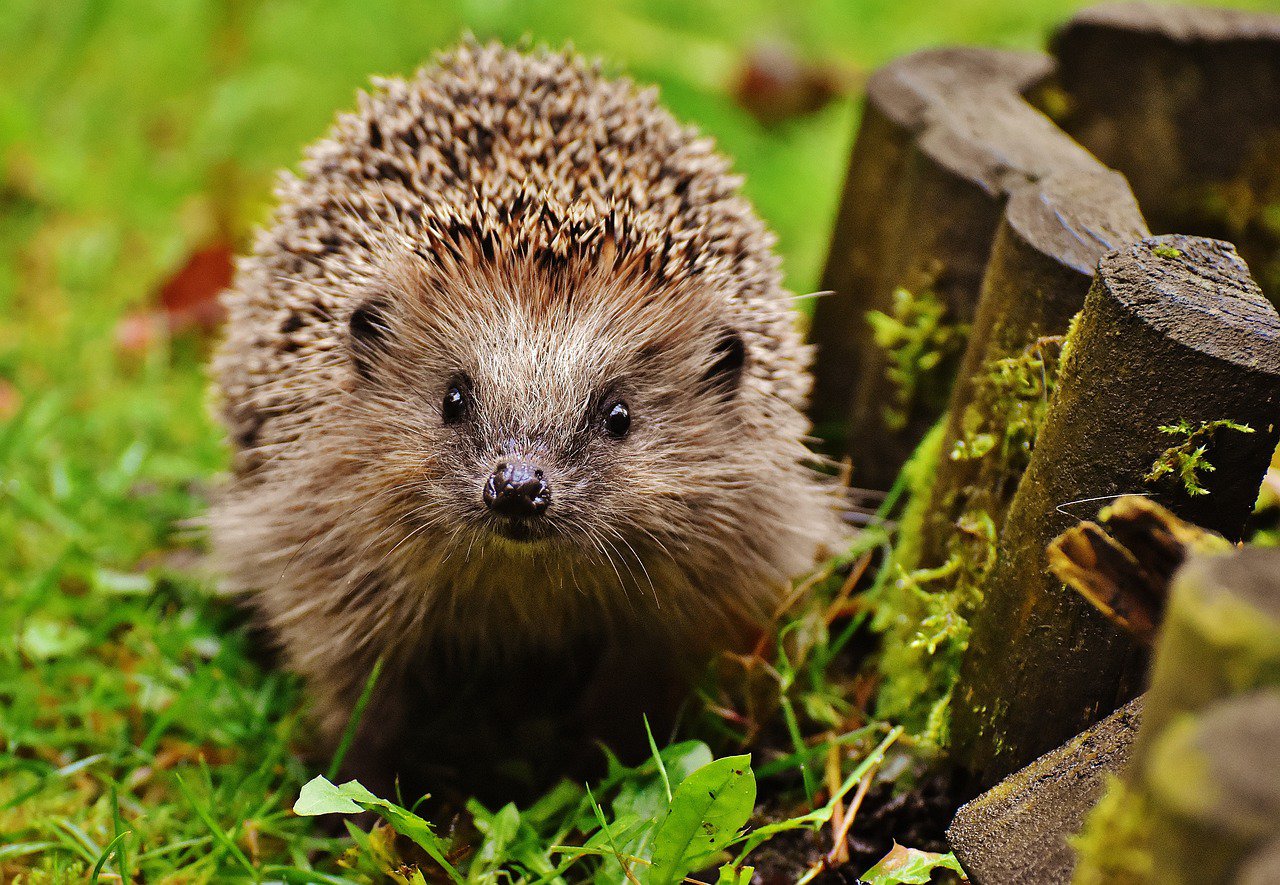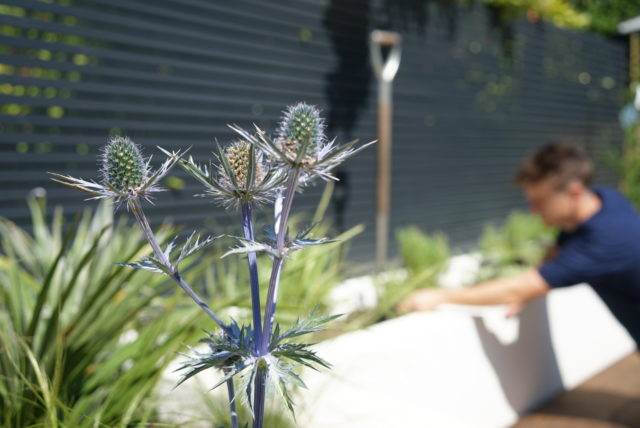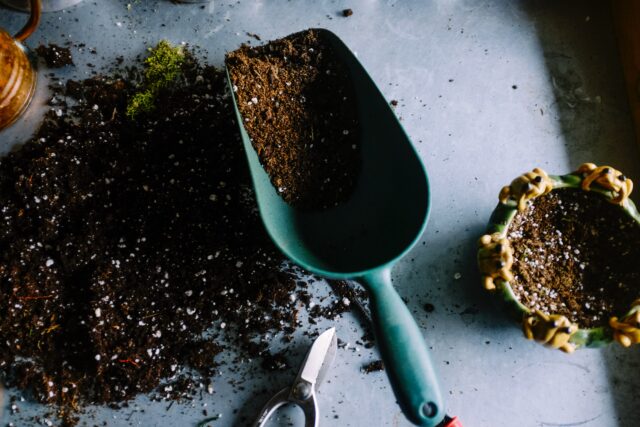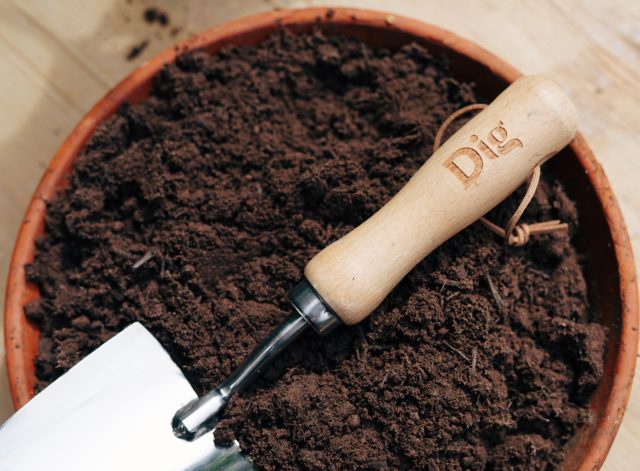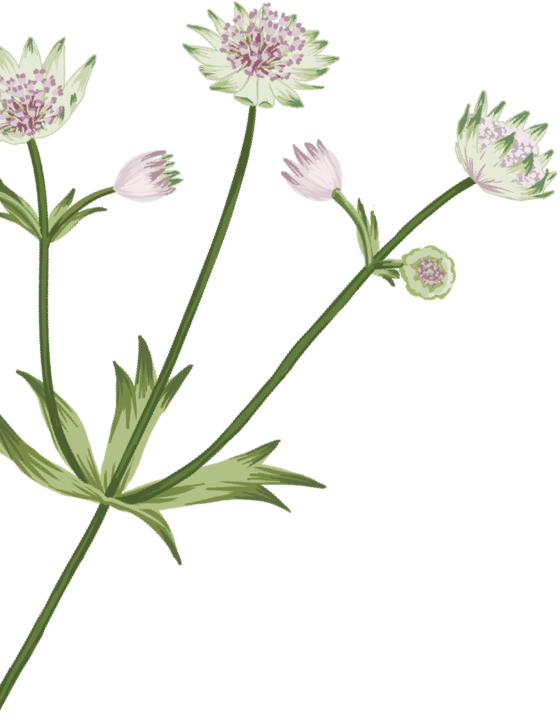Ahead of the colder months of the year, autumn is an ideal time to make preparations for local wildlife. By planting a garden – providing flowers for pollinators, foliage shelter for small animals, and habitats for all manner of mammals, insects and birds – you are already doing a huge amount to help your local wildlife, but there is always more you can do to invite nature in and make your garden a safe and environmentally-friendly habitat all-year-round.
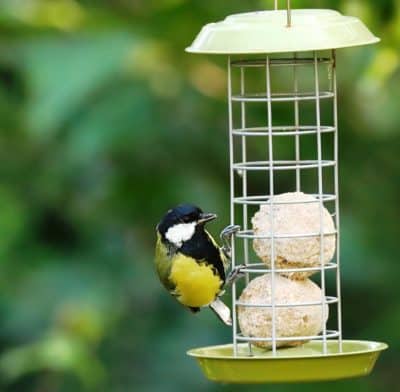
Feed the birds
It might be a very obvious one, but installing a bird feeder with a simple blend of seeds for garden birds is a valuable first step. Seeds are high in protein and therefore provide fantastic energy for garden birds whose small bodies will need all the help they can get as temperatures drop.
Bug hotel
At this point, we’re probably all familiar with a bug hotel. These bundles of sticks, bamboo, and bark that come in all manner of shapes and sizes are familiar sights nowadays – which is great news for wildlife. These homemade habitats are particularly useful at this time of year and particularly easy to make as there will be an abundance of dry material following the growing season to fill them with. The Royal Society for the Protection of Birds has a great set of instructions on how to construct one.
Gardening in cycles
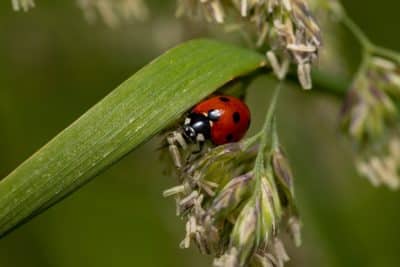
One of the most important things you can do for nature is maintain habitats. This means that it’s prudent not to cut back everything at the same time. If you approach your garden in stages, and in some cases even leaving entire sections for the year, you will always ensure you have vital cover for insects, birds, and small mammals. Removing a single plant can in some cases remove an entire section of the food chain and so go gently with those pruning shears and don’t be tempted to cut everything back at once.
Put up a bird box
Once you’ve encouraged lots of birds and insects into your garden, the next step is to encourage them to breed, and help to bolster breeding numbers – something birds in the UK desperately need. You can purchase nest boxes for all manner of garden birds, again from the RSPB, here. Putting up these small nesting boxes in a secluded location will hopefully encourage either a pair of small birds to nest and lay eggs, and give you endless joy in spring watching the parents flit back and forth to feed their young – all the more reason to ensure your garden is overflowing with insects for them to eat.
Help for hedgehogs
Hedgehog numbers in the UK have been steadily falling, according to the most recent State of Britain’s Hedgehogs report – though they are seeing a stabilisation in urban areas somewhat surprisingly! To help this trend to continue, we encourage everyone to leave sheltered areas for hedgehogs to hibernate this winter. If you have the space, a good old fashioned leaf pile in a quiet corner of your garden can do the trick wonderfully, or even a dedicated hedgehog house. Hedgehogs require warm, secluded places to hibernate over the winter and either of the above does the trick beautifully. If you buy a house, remember to check it carefully come springtime and clear it and clean it out once its guest has departed.
This beginner’s list is just the start of what you can do to encourage more wildlife into your garden or outdoor space. With British wildlife having seen approximately a 40% decline in the last few decades, every little bit of help that nature can get from us and our gardens, balconies, terraces and patios is vital.
